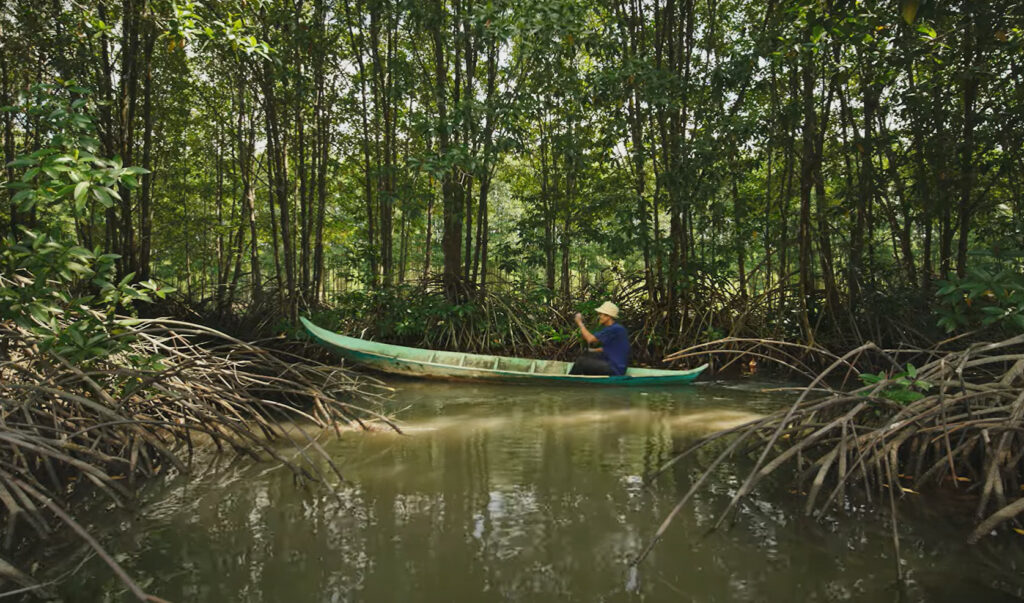Global Seafood Alliance: 25 years in the making | A look back to 1997
In honor of 2022 being GSA’s 25th year in operation, we’re taking a look back to the formation of Global Aquaculture Alliance in the mid-1990s. The following is a message written by GSA president and founder, George Chamberlain, on the background of GSA’s creation and evolution over the past 25 years.
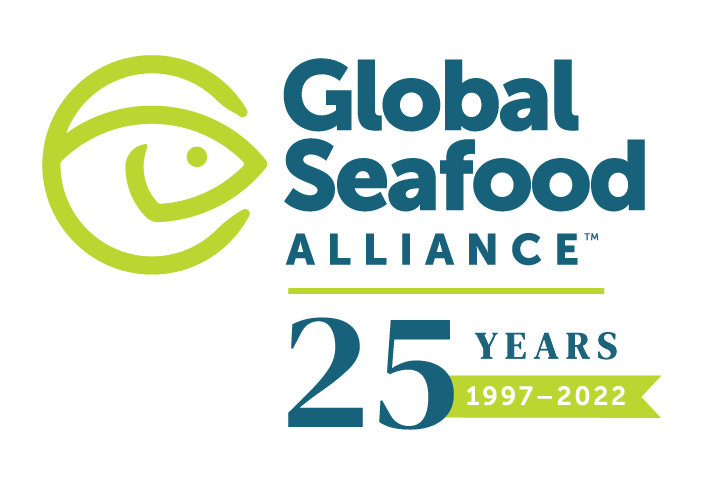
On this 25th anniversary of GSA, it’s appropriate to look back at our beginning and our evolution over the years to better grasp who we are and where we’re heading. During the 1970s and 1980s, shrimp farming was a tiny sector consisting mainly of researchers and pioneering commercial producers. Then, it began to expand rapidly, and environmental non-government organizations (eNGOs) became concerned about the conversion of mangrove areas into shrimp ponds, the discharge of nutrient-rich effluents from ponds, and excessive use of fishmeal in feeds. It was unfortunate timing that outbreaks of white spot syndrome virus in Asia and Taura syndrome virus in the Americas occurred during the same period and left many shrimp farms bankrupt and abandoned. This sparked an unprecedented period of criticism that shrimp farming is inherently unsustainable. Greenpeace described shrimp farming as “…an unsustainable industry, migrating from place to place, leaving behind a trail of degraded landscapes stripped of biodiversity, and destitute people”.
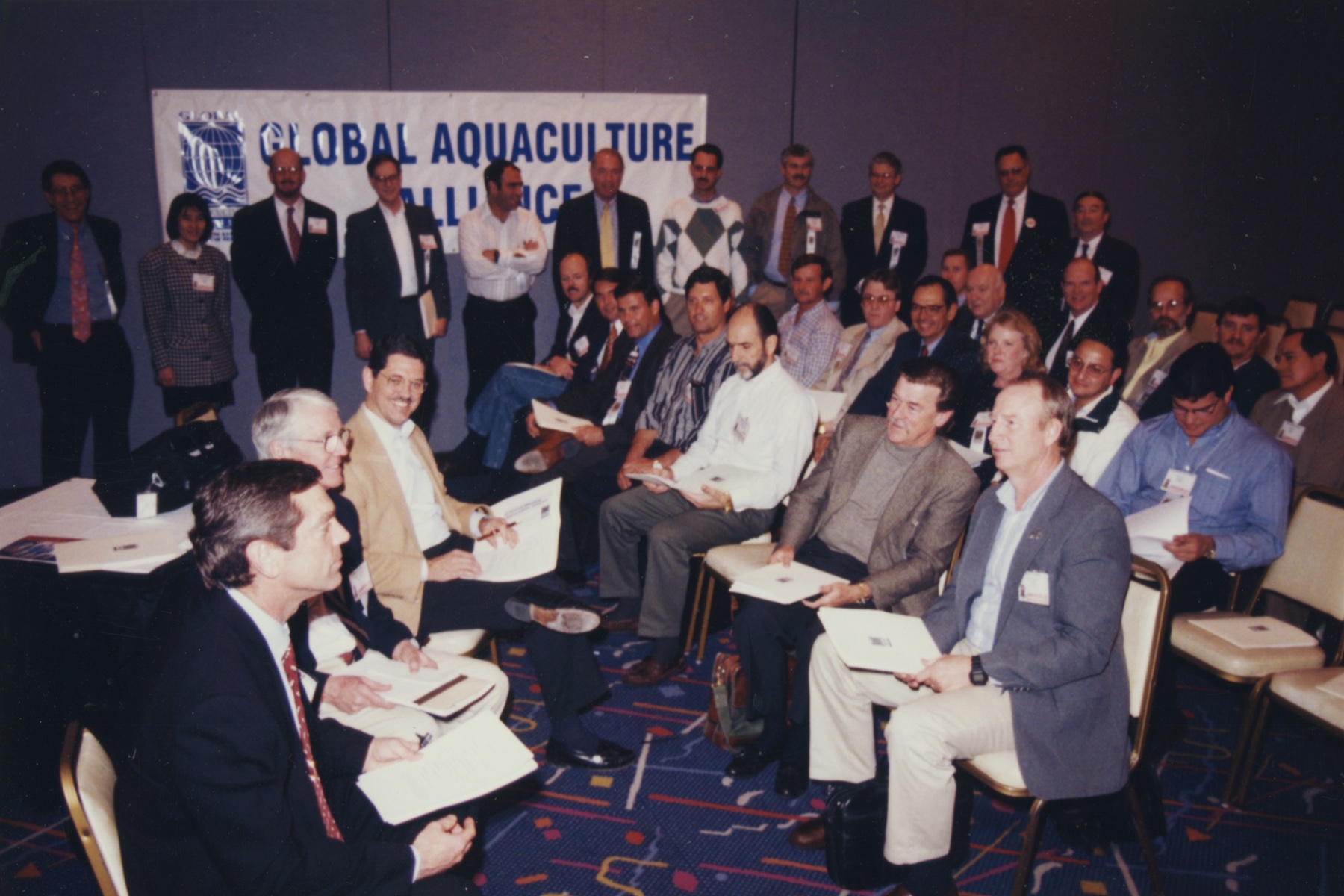 Initially, shrimp farming and environmental communities were highly polarized in their approach to the issues. The environmental community tended to simplify and overstate the issues to build public awareness. Some claimed that shrimp farming had destroyed more than 50% of the world’s mangroves. The shrimp farming community was highly fragmented. National and regional associations were unaccustomed to dealing with assertions about global environmental impacts. Each tended to dismiss the issues as irrelevant to their region.
Initially, shrimp farming and environmental communities were highly polarized in their approach to the issues. The environmental community tended to simplify and overstate the issues to build public awareness. Some claimed that shrimp farming had destroyed more than 50% of the world’s mangroves. The shrimp farming community was highly fragmented. National and regional associations were unaccustomed to dealing with assertions about global environmental impacts. Each tended to dismiss the issues as irrelevant to their region.
In 1996, events reached a crisis point. The Supreme Court of India passed a ruling to close all shrimp farms within 500 m of the high tide line. The Natural Resources Defense Council and other eNGOs hosted self-proclaimed “Shrimp Tribunals” in which United Nations diplomatic envoys were asked to defend the sustainability of shrimp farming in their countries. Some eNGOs called for a moratorium on the expansion and financing of shrimp farming and others promoted consumer boycotts.
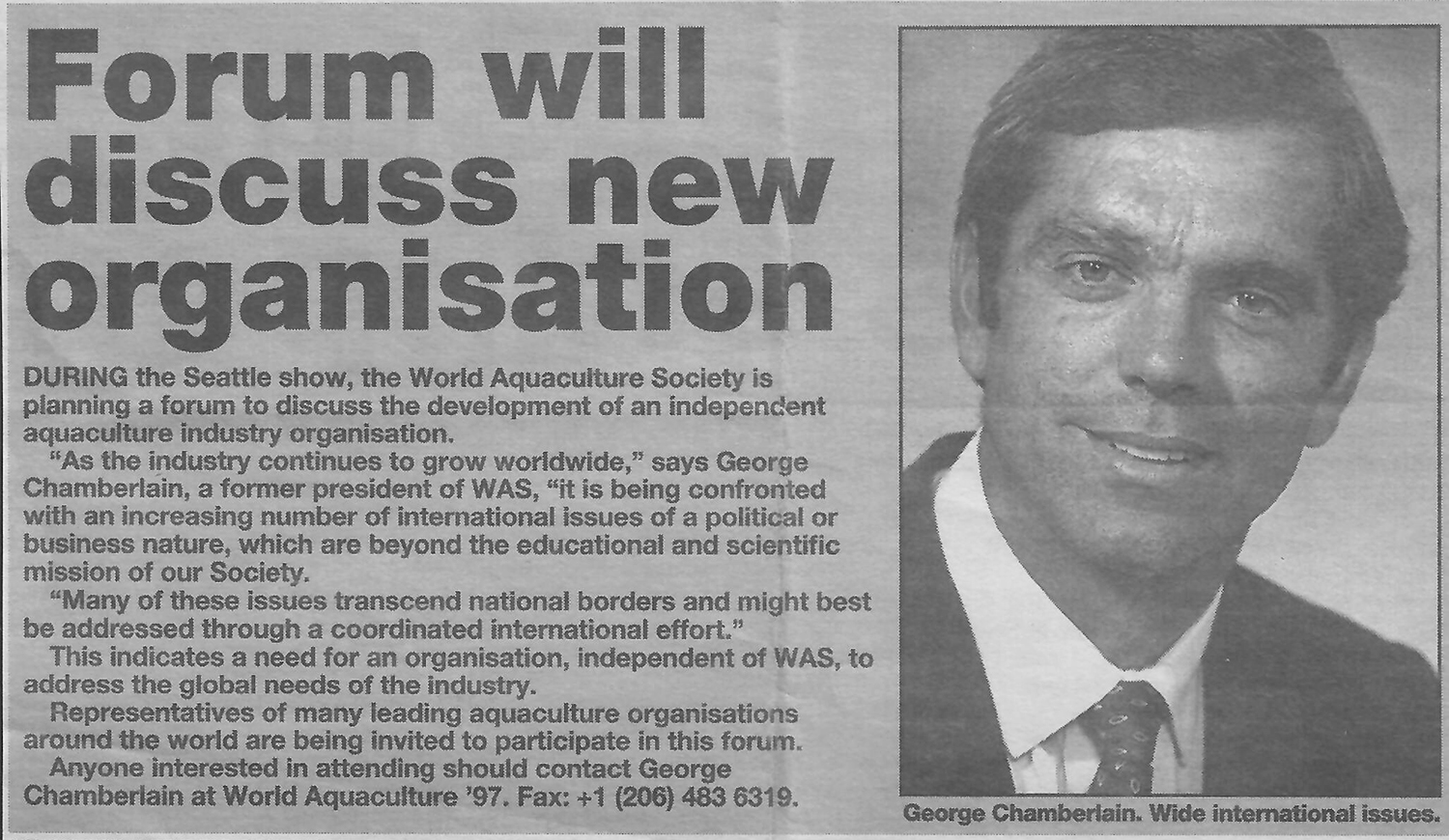
The World Aquaculture Society (WAS) served as a forum for discussions, but its bylaws prohibited it from taking positions on issues. As outgoing President of WAS, I organized a forum at the 1997 WAS conference in Seattle to discuss whether an international aquaculture trade association was needed to tell the aquaculture side of the story. There was unanimous agreement among the 55 participants from a dozen countries. This led to the formation of an Organizing Committee, which met a month later and worked out a name – the Global Aquaculture Alliance (GAA) – mission, vision, bylaws, and initial funding mechanism. In April 1997, the Organizing Committee presented the nascent GAA concept at a shrimp farming conference in Tegucigalpa, Honduras. Fifteen companies stepped forward and donated $10,000 each to become Founding Members. With this affirmation from the industry, GAA was incorporated and the organization was officially born in May 1997.
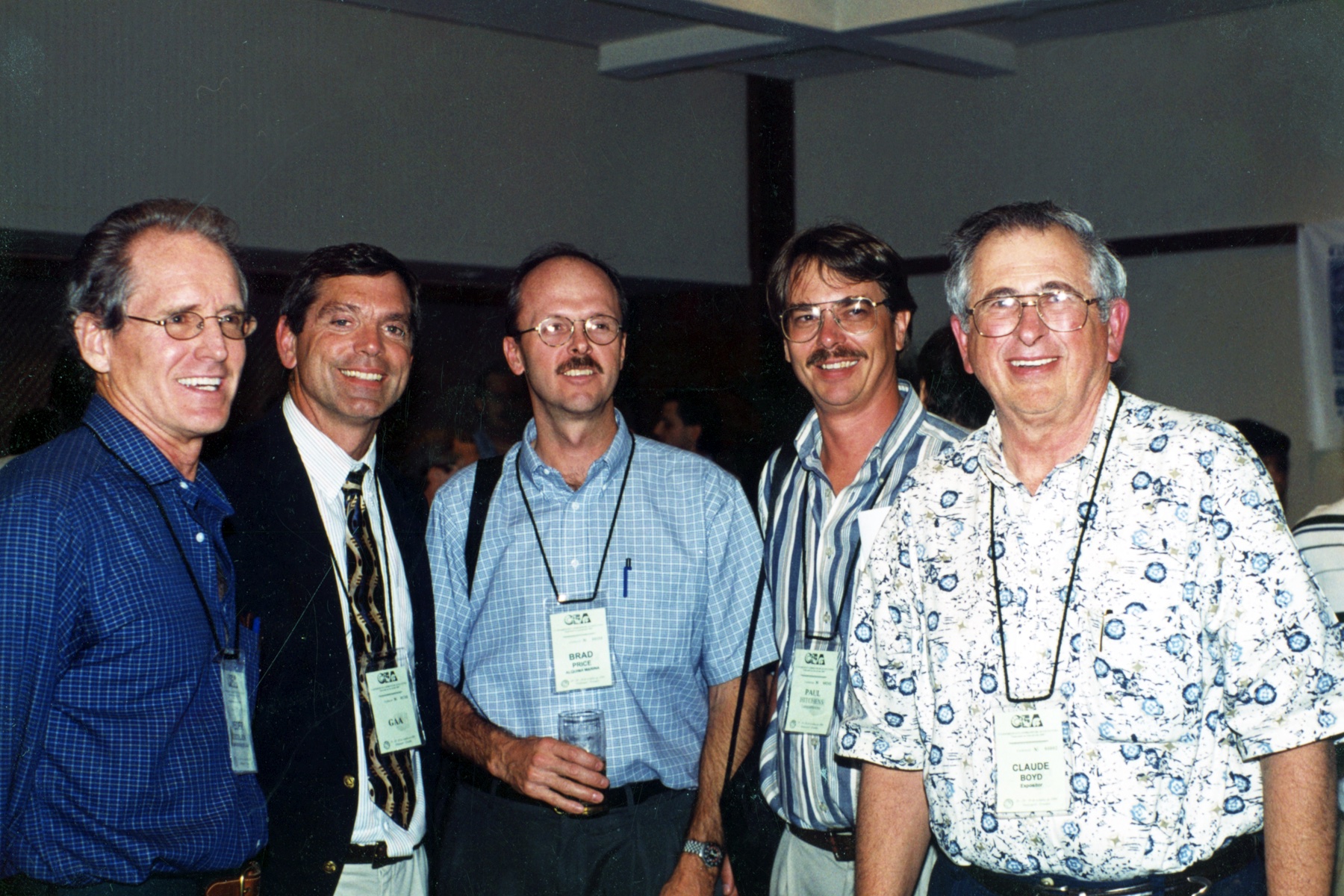
The first objective of GAA was to gather the facts about mangrove destruction by shrimp farms. A group of international mangrove experts was commissioned to meet in Bangkok and prepare a report. They concluded that less than 5% of global mangrove area had been converted to shrimp farms. They also recommended best practices for the conservation of mangroves. These became some of the core elements of the GAA “Code of Conduct for Responsible Shrimp Farming” published in 1999.
Immediately, GAA members began spreading the word about the Alliance at conferences in Latin America, US, and Asia. As the list of members grew, communications were managed through an 8-page bimonthly black and white newsletter, called the Global Aquaculture Advocate (now the Responsible Seafood Advocate). In 1999, this was upgraded to an 80-page color magazine. The first annual GAA Board meeting was convened at Aquaculture ’98 in Las Vegas, USA and featured Mr. Rolf Wilman from the FAO office in Rome as a guest speaker to summarize the Bangkok Technical Consultation.
Not a GSA Member? Join us!
Support our work in seafood industry advocacy by becoming a member of the Global Seafood Alliance. Individual membership costs just $50 a year.
By the year 2000, the young organization had outgrown the living room of the Chamberlain household, and it moved to its first office – a modest location behind a Domino’s Pizza and a liquor store in St. Louis. With only three full-time staff, the organization continued to increase membership and magazine subscribers while adding a GAA website and launching in 2001 its first annual conference for seafood buyers and producers, now known as GOAL.
Another major milestone occurred in 2003, when the GAA Certification Committee, succeeded in evolving the qualitative “Codes of Practice for Responsible Shrimp Farming”, to a quantitative self-assessment survey, and then to a third-party certification standard called Best Aquaculture Practices (BAP). In 2006, the BAP standard for shrimp farms and processing plants was adopted by Walmart and Darden Restaurants, and the certification program began to grow rapidly with more seafood buyers joining in support. In 2007, Wally Stevens took the helm as CEO of GAA and orchestrated a robust, steady, business-like growth process that continues today under the leadership of Brian Perkins.
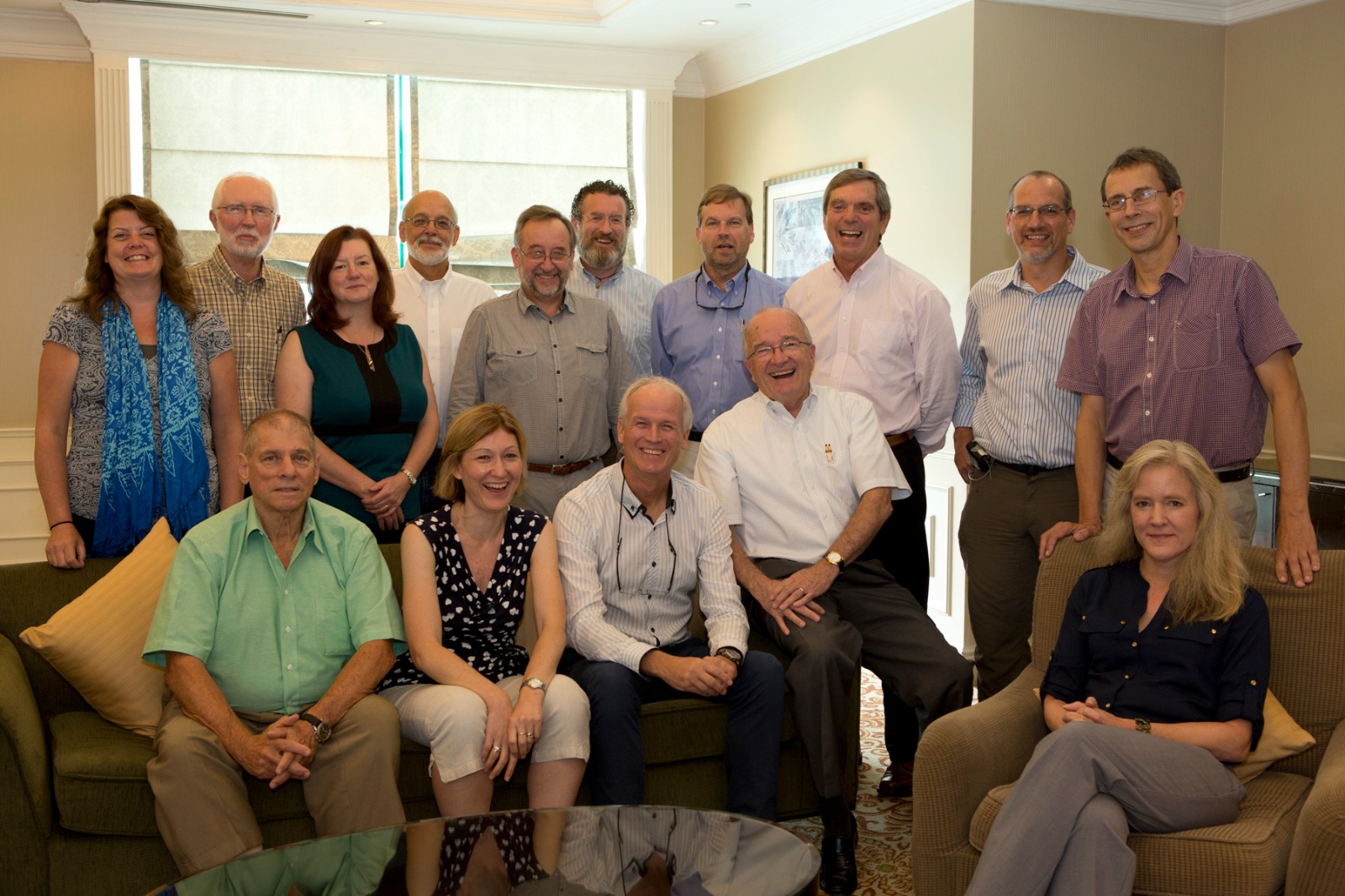
One of Wally’s first steps as CEO of GAA was to establish a Standards Oversight Committee with balanced representation from eNGOs, academics, and industry. Over time, the SOC steadily developed a full suite of BAP certification standards for nearly all aquaculture species. Wally also consolidated several fragmented GAA offices into a central location in Portsmouth, NH. In 2009, GAA established an independent non-profit organization now known as The Center for Responsible Seafood, dedicated to research, education, and collaboration. In 2021, GAA broadened its mission to include wild caught seafood and changed its name to the Global Seafood Alliance, launching and completing a full rebranding initiative, along with launching the Best Seafood Practices (BSP) certification program.

This has been an exciting and eventful 25-year journey that has witnessed a remarkable evolution of the aquaculture sector from the verge of being shut down to becoming the fastest-growing sector of food production with an image of proactive leadership in sustainability. We still have far to go to help the seafood sector achieve its full potential of feeding the world with wholesome and responsibly produced food, but the first 25 years have provided a strong foundation to build upon.
– George Chamberlain, GSA Founder and President
Like this post? Support our work in seafood industry advocacy by becoming a member of the Global Seafood Alliance.


